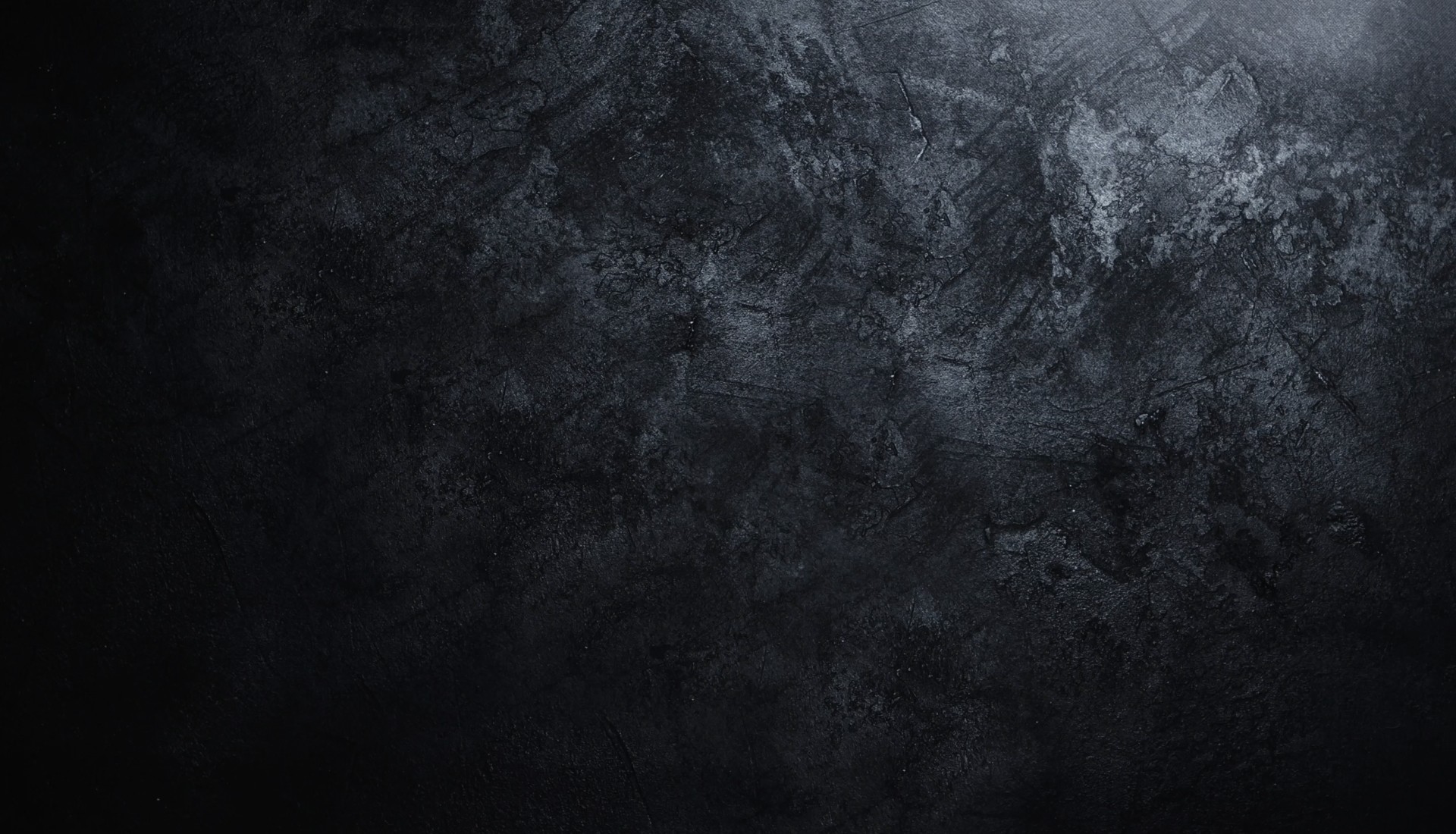Apr 2, 2025
How I Use AI — And Why It Shouldn’t Replace You
AI is good. Really good. But it’s not a replacement for knowing how to think, build, or create on your own. If you’re relying on it to do the heavy lifting, you’re missing the point.
Here’s how I approach it:
You Still Need to Know How to Work Without It
Tools are only useful if you already understand the fundamentals.
If AI disappeared tomorrow, I’d still be able to write, design, and ship. That’s the baseline.
The goal isn’t to become dependent—it’s to become more capable.
It’s Best When It Helps You Go Further, Not Faster
Speed is great, but direction matters more.
I use AI to help me explore ideas I might not have reached on my own—not to skip steps.
It’s most valuable when it helps me see something from a new angle or refine what I already have.
I Treat It Like a Second Brain
It’s where I offload thoughts, test ideas, and organize mental clutter.
I don’t expect it to be right—I expect it to help me think more clearly.
It’s not about outsourcing creativity. It’s about creating more space for it.
How I Use It Day to Day
ChatGPT helps me structure messy thoughts. It’s like a sounding board that doesn’t get tired.
Dia Browser is where I go when I want to dig deeper. It helps me catch what I might’ve missed.
Claude AI is great for turning abstract data into something visual and intuitive.
Final Thought
AI is a powerful tool—but it’s still just a tool. The real value comes from how you use it, not what it can do on its own. If you’re clear on your ideas, your direction, and your standards, AI can help you move faster and think sharper. But it can’t replace the work of actually knowing what you’re doing.


